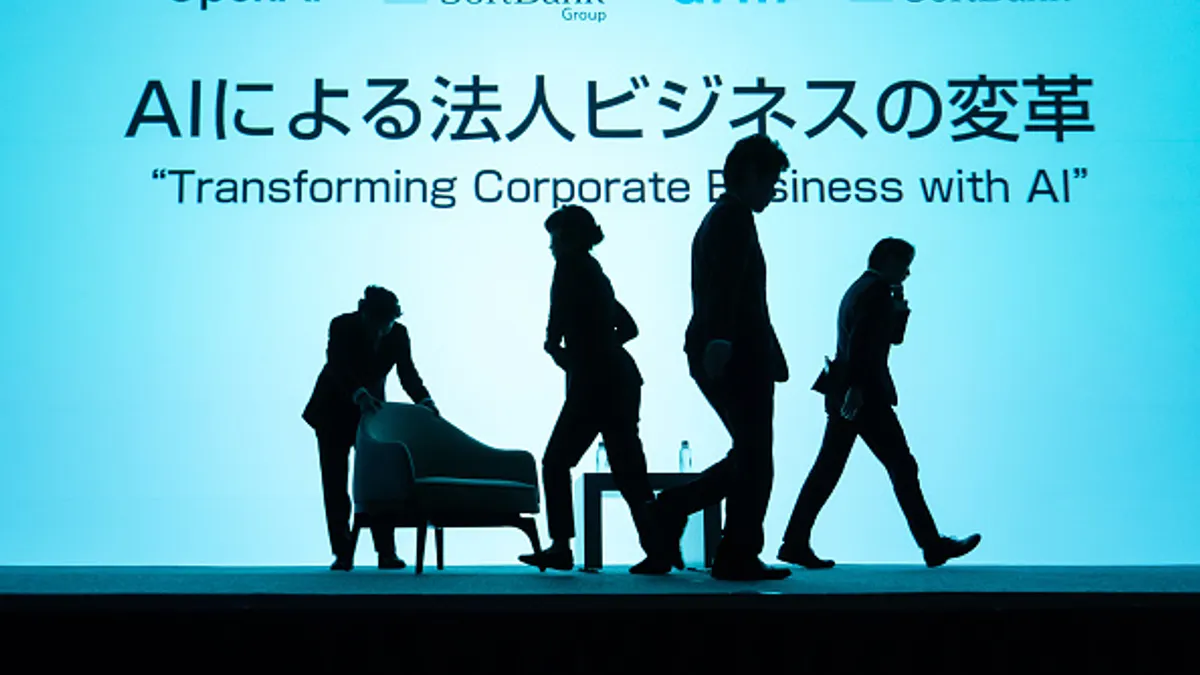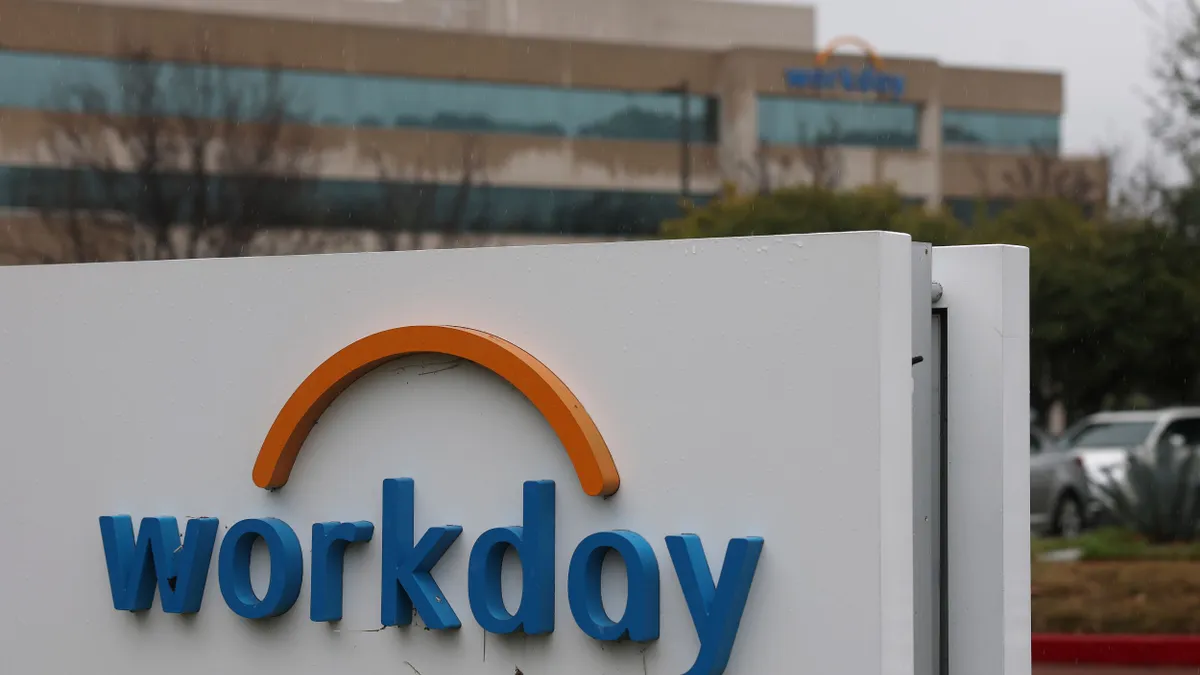This feature is part of a series focused exclusively on people analytics. To view other posts in the series, check out the spotlight page.
With big data, comes big responsibility — and HR is struggling to take on the mantle. Handling a deluge of data requires an understanding of analytics, and experts say that HR isn't quite there yet.
Some reticence is due to a lack of understanding of just what analytics can do. The current trends impacting analytics revolve around struggle — either a struggle to find the right talent to use the data or a struggle to use the right data in the first place. But experts also state that there’s great potential ahead, if HR takes a forward-looking perspective.
We spoke to Dr. Scott Leuchter and Harry Osle, both global HR advisory practice leaders at The Hackett Group, and Karen Williams, chief product officer at Halogen, to discern what is impacting HR analytic adoption right now.
Organizations are not using analytics well.
HR departments may work in a limited role with analytics and may even be trying to implement them for certain projects. But many lack the skill or know-how to use analytics in an effective way.
“It’s ripe for increasing,” Williams said. “There’s a lot of value that can be had from it, but there’s not necessarily a lot of skill from an HR department from an analytics perspective.”
Now, at least, most organizations understand why analytics are needed and their impact on the business. The industry has been seeing an "infusion" of analytics within human capital management tech, but frustration is still abound thanks to inefficiencies in their use, Osle said. Leaders know they need data on their most important assets – humans. But how do you accomplish this and balance other needs?
The key: analytics are all about storytelling, Osle said. Analytics is meant to help HR understand what the data is saying by providing a framework of context, explanation and answerable questions. A company that is exploring a potential wellness problem likely needs to examine issues beyond the healthcare claims, including how wellness impacts talent retention and the long-term ROI from investing in care. But that’s also one of the biggest barriers in implementing them.
“People are not able to take the data and figure out what it means,” Osle added. Analytics are supposed to help an organization articulate what is impacting the business, and that’s impossible when the data isn’t parsed and displayed in any kind of accessible way.
Part of that issue is a lack of talent and knowledge.
See Also: 5 crucial questions on people analytics, answered
Finding analytics talent is a struggle.
“It comes back to supply and demand,” Williams said. “It’s not something HR has been expected to do.”
HR departments are struggling to fill holes. Organizations want to hire people with specific scientific methodology that also have an innate understanding of HR processes, Leuchter noted, but that combination can be difficult to find. Other experts advocate for training those who are HR oriented first in using data in more specific ways, particularly when an HR department is just beginning its analytic programs.
Luckily, there is “a very large group of individuals” that, with a bit of guidance, could help bring the analytics forward, Williams said.
Read more specifically about what HR can do to make up the talent gap in our deep dive of the issue.
Leaders want ROI now.
One reason analytics have received so much attention in the HR space is that it is one way to “prove” HR’s worth to the organization. The C-suite is focused on getting to the “apex of productivity,” Osle said, but there isn’t a simple way to measure that. In order to meet these new demands, HR has to become “more strategic.”
Generally, leaders want ROI now, meaning analytics are focused on the issues that the C-suite care about: engagement and managing the multiple generations in the workforce.
As it happens with such universal problems like engagement, different managers have different approaches to solving it. However, more are turning to metrics to improve more intangible workplace issues like company culture in real, actionable ways. Good use of analytics can find differences between a “split generation” workforce and figure out ways to communicate to each, for example.
For recruitment, it’s going beyond forecasting talent supply and demand.
Once again, it goes back to storytelling. Organizations that are leveraging analytics accurately when seeking talent are “telling their story” through the data they’ve gathered, Osle said. Companies that are facing talent shortages are largely at the point where they need more data beyond when and where to hire.
For example, data may reveal than an organization has an average tenure of 2 years, which may appear a little low for some industries. Data may also show that past employees move to careers at big-name places with even more pay. Analyzing and combining those two data points tell a compelling recruiting story: People may not stay forever, but the things they learn allow them to move on other engaging, important projects.
Analytics also play a large role in determining issues of retention. If a company believes the commute may be causing a problem, for example, HR can construct analytical programs to see if that is the real reason people are unhappy, or if other factors are playing a role, Leuchter said.
“Most organizations, based on the current economic atmosphere, are focused on hiring the right people and keeping attrition as low as possible,” Williams said. “It is hard to get the right people. You need information to do that.”
Predictive analytics is still in the future.
The ability to predict issues with talent – be it wellness, happiness or otherwise – is currently reserved for the “upper echelon” of the employer continuum, Leuchter said. For the most part, organizations still haven’t adopted it. If they have, it’s highly unlikely their HR department has access to that kind of data power, Williams said.
Experts claim that one day, HR will be able to predict which employees will stay with an organization, how long they will stay, and why that happens. Data on wellness, engagement and satisfaction will all work into these predictive models.
“When you have the right tools, you’ll be able to do these things,” Williams said.
That time is not now – but as HCM barrels forward, that day may be soon.




















